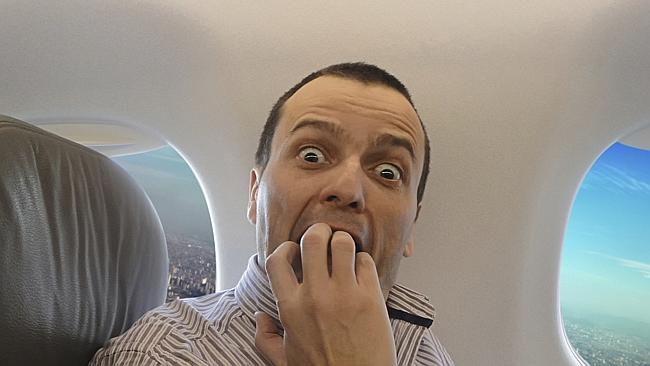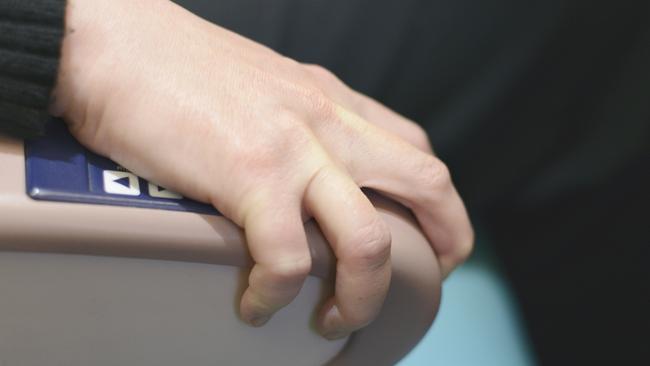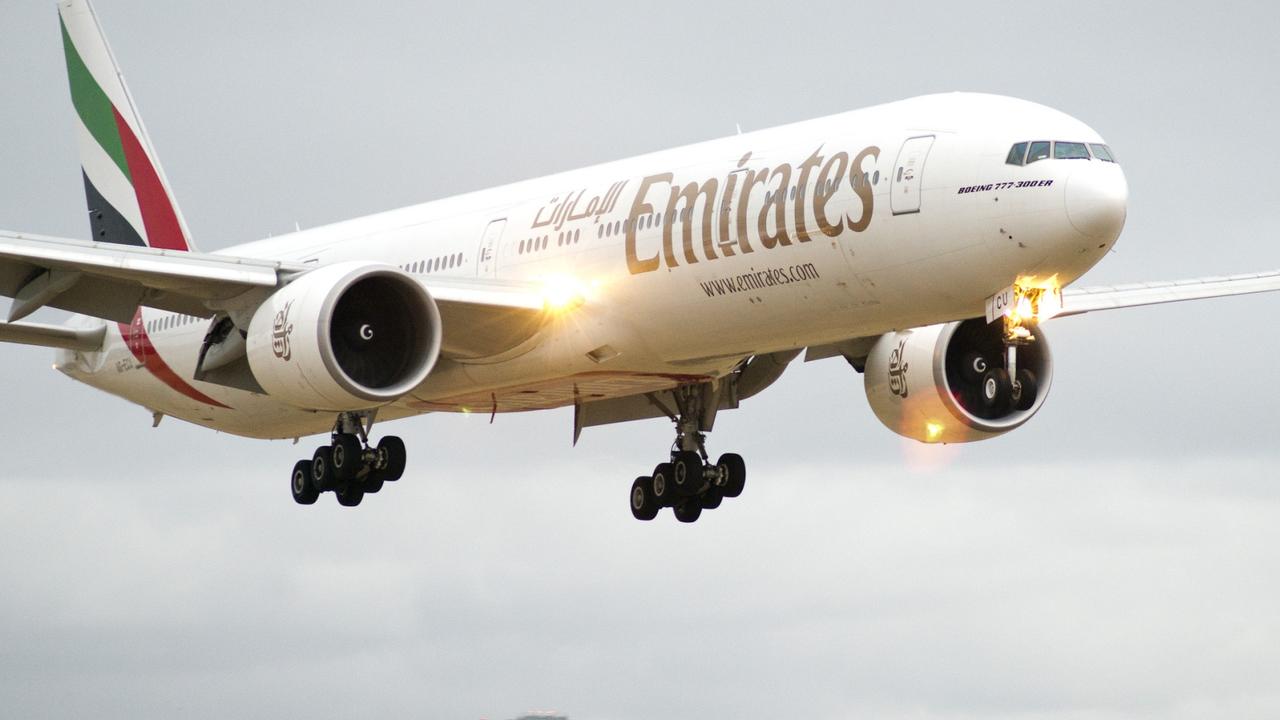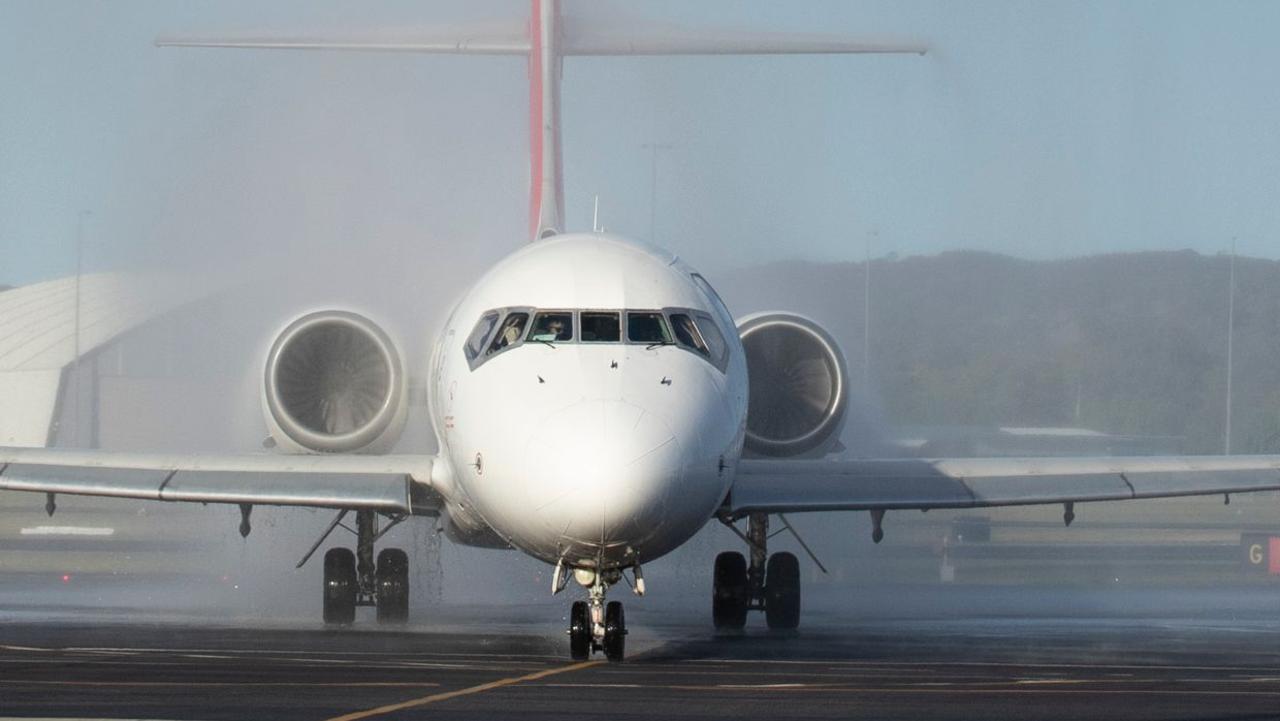What noises are legitimate cause for worry when flying?
IF AN unfamiliar whirr, bang or bump while in midair gets your heart pumping like a big base drum, then this story could come in handy.

FEAR of flying, it’s a common phobia.
You want to explore the world, but you’re afraid to get on a plane.
And for those who do force themselves to travel, the experience can be unpleasant. There can be sweaty palms, fear that bubbles up into tears and incoherent blabbering — and hours wasted listening to the engine noise with ears pricked like an antelope looking out for lions.
One way you can help yourself overcoming a fear of flying is to learn how an aeroplane operates. And this includes knowing what sounds to expect during your flight.
It seems many people are curious about what those whirrs, bumps and bangs are — a user of an online discussion site has prompted dozens of well-informed responses when they asked: “What is a legitimate cause for worry when flying in a passenger aeroplane?”
The answers, posted on Quora.com from mechanical engineers, pilots and even a psychotherapist, are reassuring.
One participant, Paul Mulwitz, a “private pilot, amateur aeroplane builder and test pilot”, says there’s little point worrying about the operation and safety of the flight.
“The aircraft is incredibly reliable and designed to work even when parts of it fail,” he says.
Other participants, former Boeing engineer Mike Leary and Marc Levy, a “mechanical engineer in aviation and space”, gave a detailed list of noises and their perfectly reasonable mechanical explanations.
What’s that humming noise when you board the plane?
That’s the auxiliary power unit at the back of the plane, Mr Leary explains. That baby hums along while you’re boarding the plane to keep every thing up and running while the main engines are off, he says.
What’s that whining noise before taxiing?
After they shut the doors the lights will flicker and the noise will change as they switch from the airport system to the aircraft system, says Mr Leary. Then they will start each engine and you’ll hear the whine of the spinup and then the ignition as it fires up.
The bumps during taxiing?
The wheels make a bump noise at each tar strip because there isn’t much of a shock absorber on aeroplanes, writes Mr Leary.

The barking noise in the hold before take off?
It’s a fuel saving device called the power transfer unit, which is found mostly in Airbus planes, Mr Leary explains.
“It’s making sure the hydraulic pressure is balanced when they only use one engine during push-back and taxiing.
“It’s noisy and a bit unnerving as it cycles on and off, on and off, due to pressure fluctuations. It sounds like a dog in the hold with a high pitched bark to some — woof-woof-woof-woof.”
Spinning and snapping noises during takeoff?
When it’s just the right moment to take off, the pilot pulls back the control yoke and the nose wheel will spin like crazy, says Mr Leary.
Then the pilot pulls a little farther and you will hear both wing wheels come off the runway and spin like mad.
Now you will hear some of those small electric motors as the wheels are pulled up into the plane and the snap of the doors closing.
Creaks, groans and bumps that you hear during flight
The fuselage, or body tube, of an aircraft is like one of those long thin balloons that clowns make animals from, but made out of aluminium (or graphite epoxy), explains Marc Levy.
“When it’s on the ground, the internal pressure is the same as the surrounding atmosphere, but when you are cruising at 40,000 feet, it is constantly being inflated with air diverted from the engine compressor.”
Many people assume that things in the cabin, like the bins, walls between the seating sections, bathrooms and kitchens are “bolted down”, but they’re not, he says.
Overhead bins hang from sets of tie rods — sticks with ball bearings pressed into them.
This means that when the aeroplane jolts or bumps, all the stuff on the inside adjusts.
“So when an aeroplane touches down for a landing and does a little hop, don’t be surprised when you hear a reasonable amount of creaking, cracking and thumping sounds. It’s just everything moving around like it is supposed to.”
Why does the engine noise change tone midair?
First the engines will change tone and you feel a slight change as the plane slows down and starts to lower the nose.
What’s that windy noise during descent?
Now the plane is going too fast so they slow it down by having some parts on top of the wing lift up a little which make a bunch of windy noise.
Argh there’s a bang as we prepare to land?
That’s the landing gear doors being opened, then you hear big machine noises while the wheels are lowered into place until they lock with a click.
Is that the brakes?
Now you’ll notice an almost grinding noise as the pilot steps on the brakes. It usually pulses a little as the pilot presses then lightens, then presses again.
Why are the lights flickering again?
Once the pilot pulls up to a stop, he or she will shut off the engines and switch to the auxiliary power unit and then you’ll notice the lights flicker when the ground crew hooks up the service equipment to the plane.
Hooray, you’ve arrived safely.





